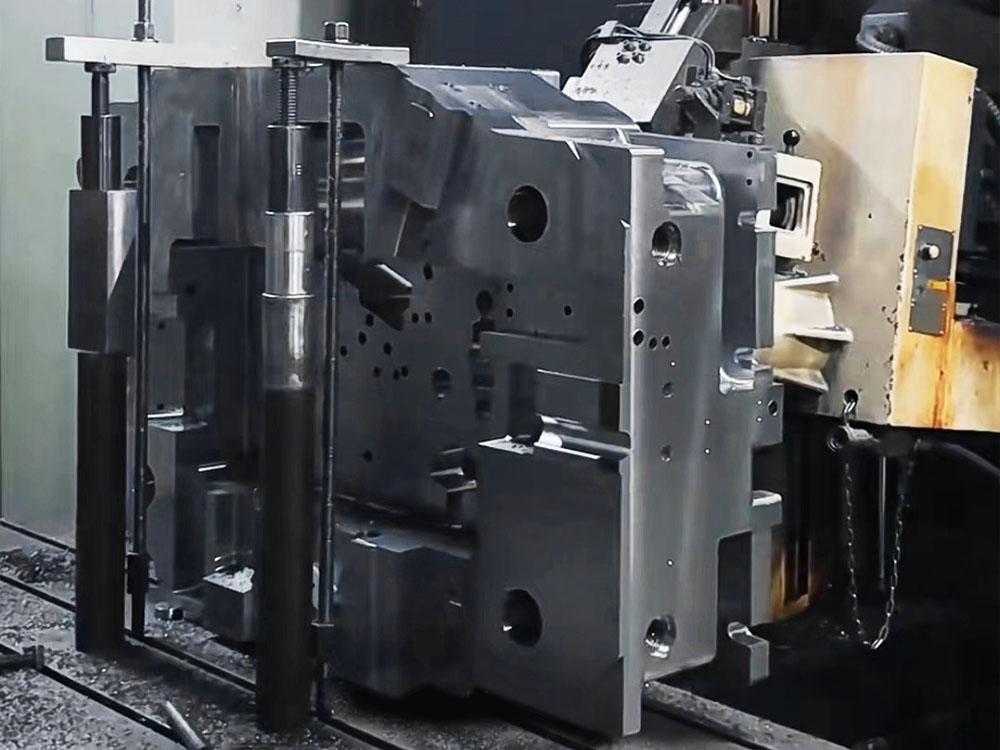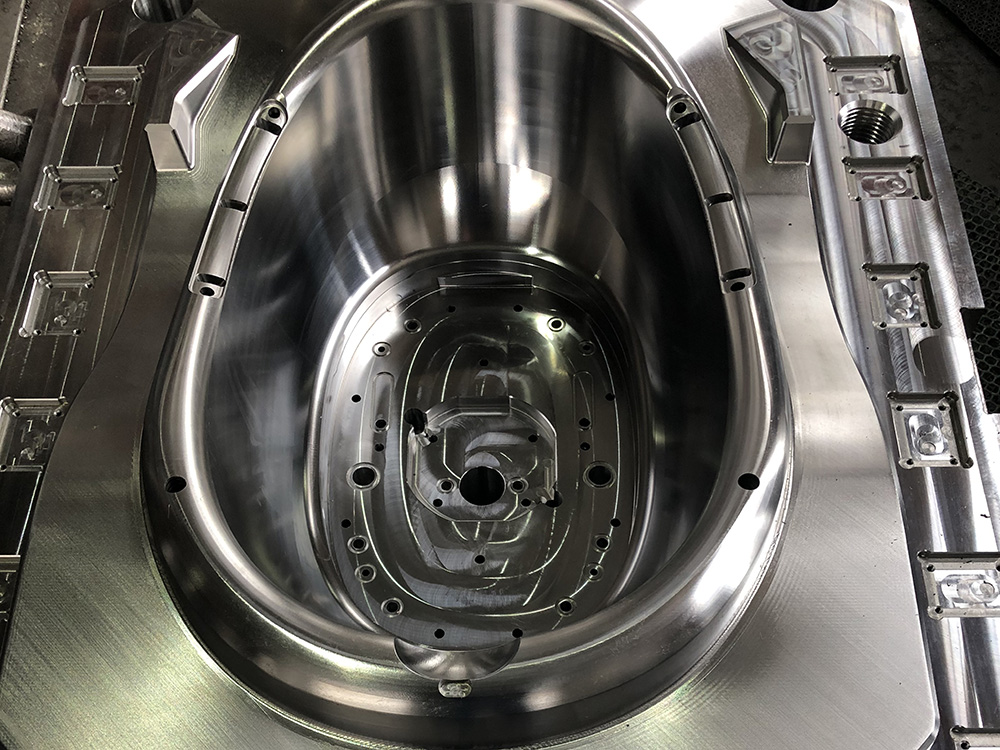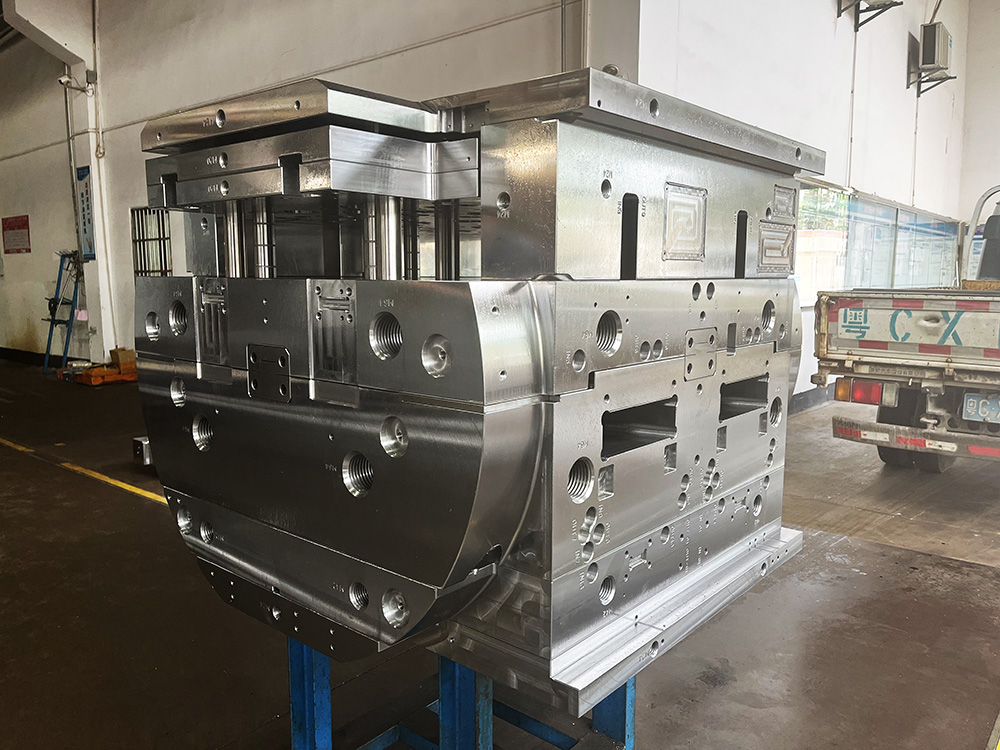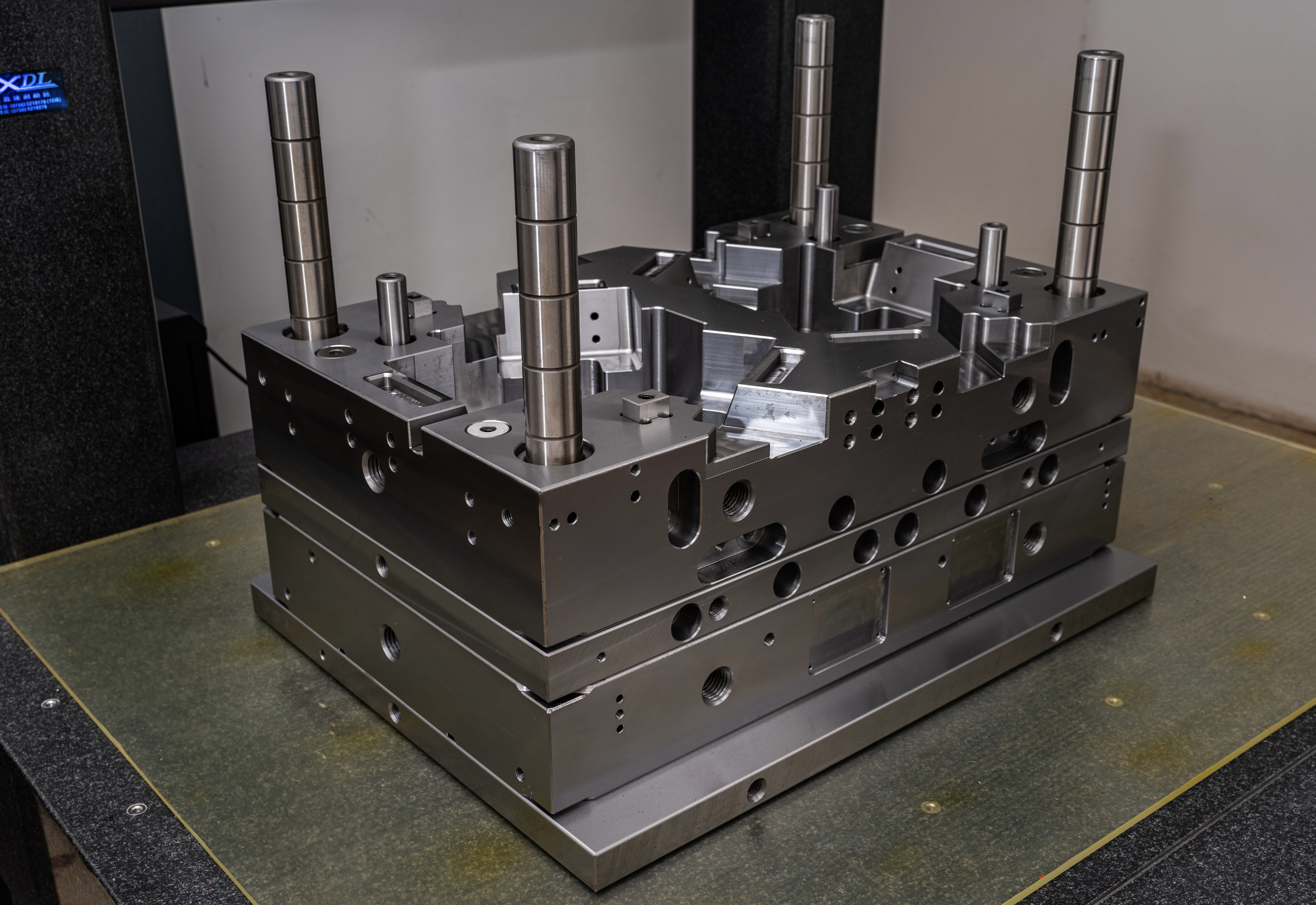The Meaning of Branching Scaffold in the Mold Base Industry
In the mold base industry, a crucial component that plays a significant role in the manufacturing process is the branching scaffold. This article aims to explore the meaning, importance, and various applications of this essential element.
What is a Branching Scaffold?
A branching scaffold can be described as a complex network of interconnected support structures that are designed to provide structural integrity and stability to mold bases. It acts as a backbone, supporting the weight and stress of the mold during the injection molding process. The branching scaffold is typically made from high-quality steel or aluminum alloy, ensuring its robustness and longevity.
The Importance of Branching Scaffold in Mold Bases
The branching scaffold plays a crucial role in maintaining the overall accuracy and quality of the injection molding process. Its primary importance can be summarized in the following points:
1. Structural Stability:
The branching scaffold provides the necessary stability to ensure the mold base remains intact during the injection molding process. It helps to prevent any deformations or distortions that could affect the quality of the final product.
2. Even Distribution of Forces:
The scaffold distributes the forces evenly across the mold base, preventing excessive stress on any single point. This even distribution ensures that the mold base remains reliable and durable throughout its lifespan.
3. Support for Load-bearing Components:
Load-bearing components such as ejector systems, cooling channels, and various inserts require adequate support to function effectively. The branching scaffold provides this support, ensuring that these components are securely held in place and operate smoothly.
4. Precision and Accuracy:
By providing structural stability and even force distribution, the branching scaffold ensures that the mold base maintains its precision and accuracy during the injection molding process. This is crucial in achieving consistent and high-quality end products.
Applications of Branching Scaffold in Mold Bases
Branching scaffold finds extensive applications in various sectors of the mold base industry. Some common applications include:
1. Automotive Industry:
In the automotive industry, mold bases with branching scaffold are widely used in the manufacturing of precision components such as interior trims, exterior panels, and engine parts. The stability and accuracy provided by the scaffold are essential for meeting stringent quality standards.
2. Consumer Electronics:
Mold bases with branching scaffold are commonly utilized in the production of consumer electronic devices like mobile phones, tablets, and computer components. The precision offered by the scaffold ensures proper alignment of delicate electronic parts.
3. Medical and Pharmaceutical Industry:
The medical and pharmaceutical industry relies on mold bases with branching scaffold to manufacture precise and sterile components such as syringes, vials, and surgical instrument handles. The structural stability and accurate molding capability are crucial in these applications.
4. Packaging and Containers:
Mold bases with branching scaffold are extensively used in the production of packaging materials and containers for various industries. The scaffold ensures the accuracy and reliability required for consistently producing uniform and reliable packaging products.
Conclusion
Branching scaffold is an indispensable component in the mold base industry. Its role in providing structural stability, distributing forces evenly, and supporting load-bearing components is paramount. In various industries such as automotive, consumer electronics, medical, and packaging, the branching scaffold is crucial in achieving precision and accuracy in the manufacturing process. Understanding the meaning and importance of the branching scaffold is essential for professionals in the mold base industry to ensure the production of high-quality products.




